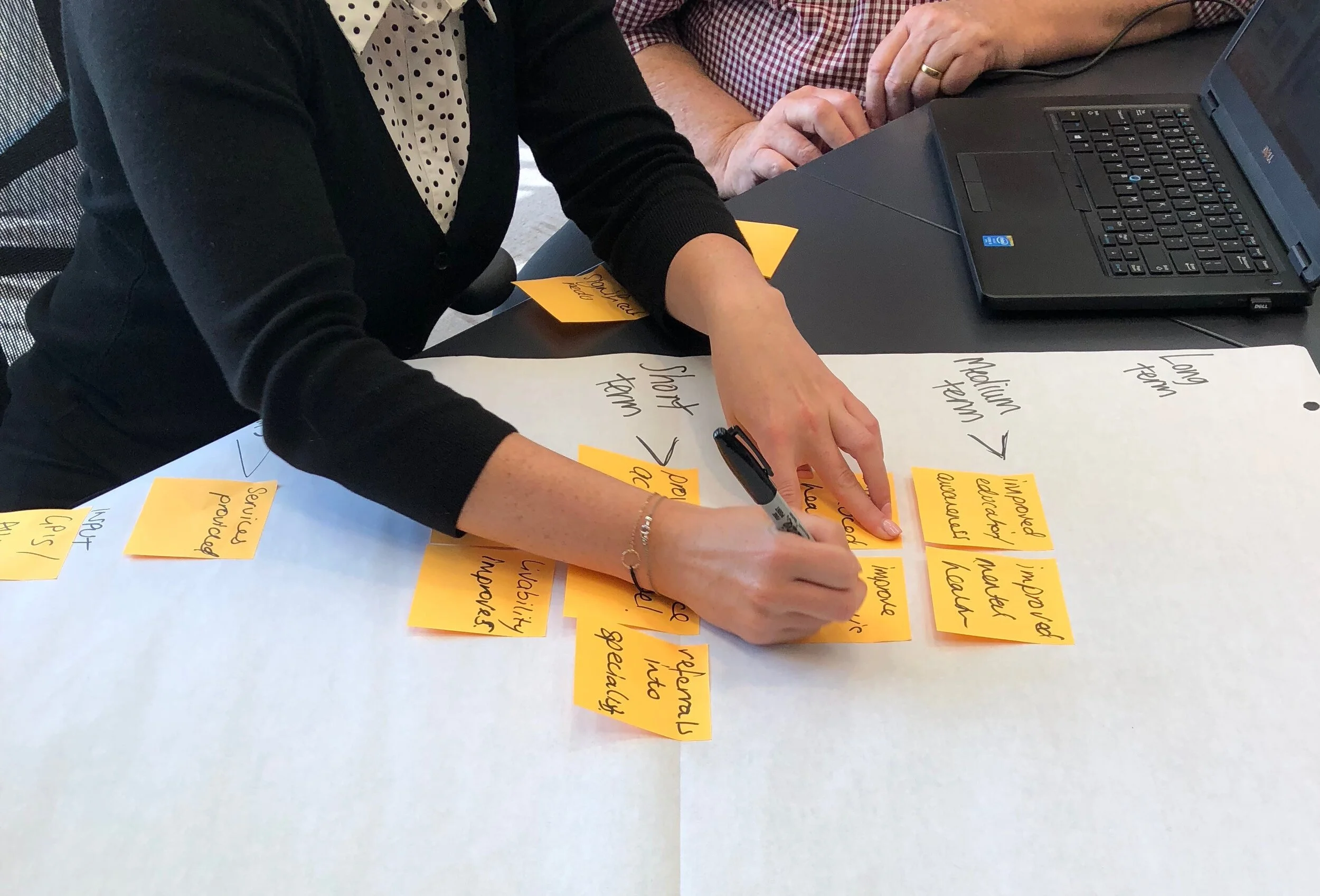Individuals
If your organisation invests in relationships with connectors it’s important to measure the impact of this. Through connectors, you may access people previously hardly reached by your service. This may result in changes to individual:
Health knowledge
Health behaviours
Use of services
Level of social support
Self-confidence
Wellbeing
Resources
Consider using simple standardised tools for measuring individual outcomes such as the Personal Wellbeing Index.
Connectors
Connectors are volunteers, motivated by their own passions, connection to the community and love of learning. It’s important to respect and understand this. Connectors can also benefit from a relationship with local service providers. Impacts may relate to connectors’:
Satisfaction with their relationship with your service
Health knowledge
Health behaviours
Knowledge of services
Self confidence
Wellbeing
Resources
Capture outcomes for connectors by using focus groups, surveys and standardised measurements of wellbeing.
This evaluation report of the Community Champion Program at Merri Health shows Community Connectors in action with positive outcomes for community members, connectors and Merri Health. Thanks Kat Thorn for preparing and sharing this report.
Organisations
Working with and developing relationships with connectors creates opportunity for staff and the organisation to learn about and respond to needs of people hardly reached by their services. Impacts to measure include:
Evidence of reaching new groups
Evidence of dialogue with new groups
Service changes
Changes to service participation rates
Resources
Measuring outcomes across all four domains of: individual, connector, organisation and community can be captured through developing and implementing a theory of change or logic model. This links the goal of engaging with hardly reached people with the organisation’s resources, actions and expected outcomes. A theory of change forms the basis for developing indicators and a data collection plan. Consider using indicators from state or national outcomes frameworks such as the Victorian public health and wellbeing outcomes framework.
Here’s a simple example of a theory of change/logic model.
Community
Changes to community wellbeing are the most diffuse and difficult to attribute to your organisation’s relationships with connectors. Long term outcomes you might be seeking include:
Community leadership
Changes to health disparities
Changes to social connectedness
Increased boundary spanning between social groups and organisations




